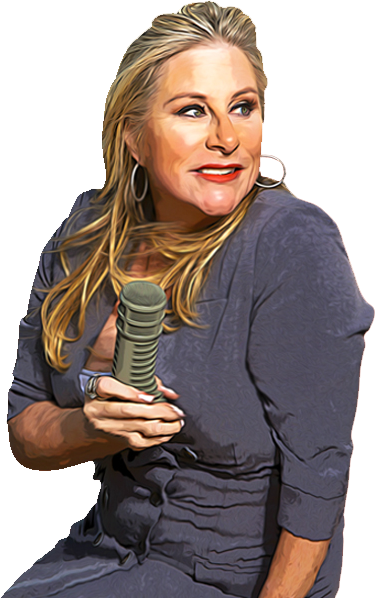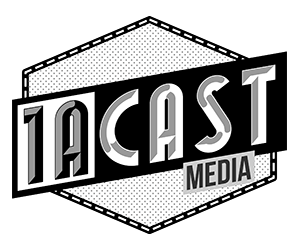Chief Justice Roberts wrote for the majority (5-4)
We are asked, however, to consider a new situation not yet encountered by the Court. The question is whether these separate layers of protection may be combined. May the President be restricted in his ability to remove a principal officer, who is in turn restricted in his ability to remove an inferior officer, even though that inferior officer determines the policy and enforces the laws of the United States?
We hold that such multilevel protection from removal is contrary to Article II’s vesting of the executive power in the President. The President cannot “take Care that the Laws be faithfully executed” if he cannot oversee the faithfulness of the officers who execute them.
I was hoping this would bear on the “Czar” issue but it doesn’t appear to do so. Czar, I expect, would fall under the term, “inferior officers,” and so not be subject to the limitations of this decision. I’ll ask CEI when they come on the show today.
Justice Breyer made some good points on the dissent, naming agencies that stand two steps away from the Presidential powers of hiring and firing, but Chief Justice Roberts, writing for the majority, said the framers didn’t intend for Congress to have super authority over the Presidential appointments process. This board named by the SEC to oversee Sarbannes Oxley did just that.
The net result of the Sarbannes Oxley regulation has been flight of industry from the US, delisting of at least a couple of big companies from our stock exchanges, and a dampening effect on fiscal productivity.
Here’s what CEI says about this:
The PCAOB’s interpretations of Section 404 governing “internal controls” over auditing costs public companies $35 billion a year, according to the American Electronics Association. University of Rochester economist Ivy Zhang found that the law has cost the American economy $1.4 trillion in direct and indirect costs.
Almost as important is that Zhang and other researchers have found that Sarbox has had no quantifiable benefits in fighting fraud.
That’s right, $1.4 Trillion has been spent fulfilling the requirements of SarBox which has required accounting for both important items and the idiotic–how many letters in everyone’s password, for instance. And it has forced companies to stay private while gathering oodles of money to eventually go public–making them BORROW money in a tight economy just to make it to an initial public offering (IPO). Here’s CEI again:
This illustrates the devastating effect of the law in holding back present and future economic growth. Budding Home Depots and Microsofts can no longer go public to raise money for growth. They must wait until they are as big a Google to go public to lock in their gains.
And how much economic activity has been stymied because of the onerous accounting policies and unintended (and intended) consequences of SarBox? CEI has been amassing figures:
IPOs was lower in every year after SOX was enacted in 2002 (2003 to present) than in every year of the decade from 1991 to 2000, including the early ’90s recession years. For instance, in the post-SOX boom year of 2006, there were 162 U.S. IPOs listed. Yet in 1991, a year when the U.S. was mired in recession but did not have SOX, there were 295 U.S. IPOs listed.
The sheer size of companies going public has also increased, in large part because a company needs to be pretty big to afford the accounting costs that have shot up fourfold as a result of SOX, according to a summary of research in the Sarbanes-Oxley Compliance Journal. According to Business Week, the median market cap (as measured by number of shares times share price) for a company undertaking an IPO was $52 million in the mid-‘90s. Today, it has shot up $227 million. Google had a $1 billion market cap when it went public in 2004. And Facebook still hasn’t gone public, despite having an estimated market cap of nearly $10 billion. By contrast, in 1981, Home Depot went public with just four stores. Home Depot co-founder Bernie Marcus told Investor’s Business Daily that his firm could never have gone public and raised money for growth had SOX been in effect.
It makes you wonder what will happen if Chris Dodd’s financial regulatory framework goes into effect, doesn’t it? And it makes you wonder how many years it will take to fix the unintended (and intended) consequences it will bring.



